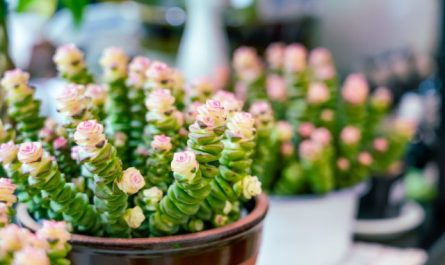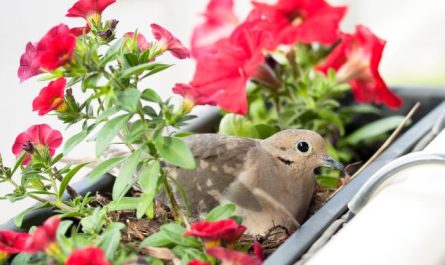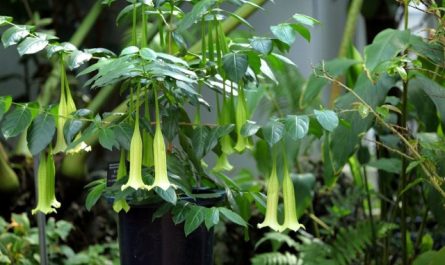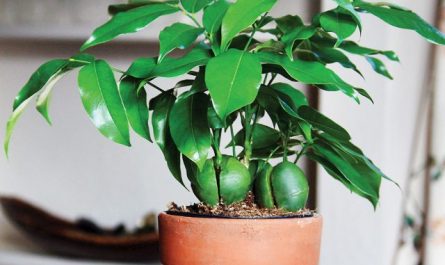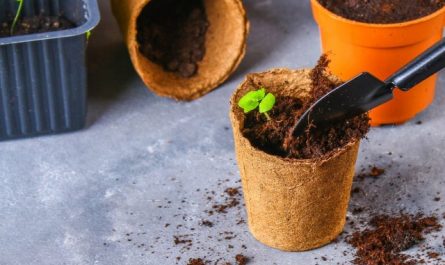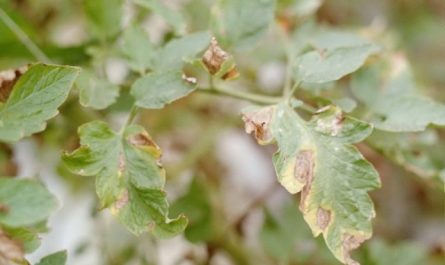The lemon tree is a perennial plant that loves warmth and sufficient moisture. In natural conditions, it grows in a subtropical climate and reaches a height of three meters (dwarf varieties) to eight. Due to its unpretentiousness and love for warmth, the lemon tree can be grown in an ordinary city apartment or house.
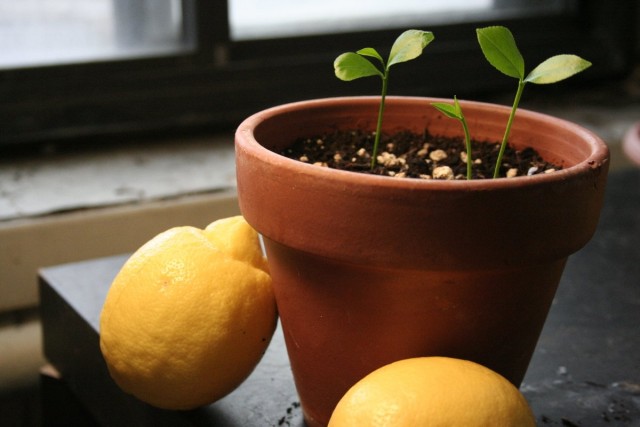
Lemon trees grown at home, with proper care, give edible fruits all year round. However, such trees begin to bear fruit at the age of 7-10 years from the moment of planting. Planting can be done in two ways: from a simple lemon seed bought in any store, or from cuttings and seedlings. Lemon trees grown from seeds grow more actively, they are healthier and more unpretentious than those grown from seedlings or cuttings, but the latter begin to bear fruit much faster.
To grow a lemon tree from a seed, you need to select neat, ripe and well-formed lemons in the store, without signs of damage. Seeds are extracted from them, the best specimens of which are used for planting. It must be done immediately after extracting seeds from lemons.
The seeds are planted in small pots or boxes at a distance of five centimeters from each other. The soil suitable for planting is a mixture of peat and flower soil in equal parts. There must be drainage of expanded clay or small stones at the bottom of the pots. The seeds are planted at a depth of 1 centimeter.

The soil should not be allowed to dry out, but excessive watering is also unacceptable. The lemon tree shoots will appear in a couple of weeks after planting. Among the sprouts that have appeared, you need to select only the strongest ones and grow them until several true leaves appear. Growing is done by covering the lemon sprouts with a jar and placing them in a bright place. In this case, it is necessary to avoid direct sunlight. Once a day, the jar is briefly raised so that the plant has access to fresh air.
When the leaves appear, the strongest lemon tree sprouts are transplanted into separate small pots with soil from flower soil and humus. A drainage layer is placed at the bottom of the pot. The lemon sprouts should remain in this pot until they reach a height of about twenty centimeters, after which they are transplanted into larger containers. Growing lemons need to be watered twice a week. The soil moisture should be balanced: without drying out or over-wetting.

To grow lemon from cuttings, you need to take a branch that is five millimeters thick and about ten centimeters long. The cut stalk is placed in water for several days, after which the branch should be planted in a small pot or box.
The soil for rooting such a seedling should consist of sand, flower soil and humus, taken in equal parts. The branch is buried in the soil to a depth of about three centimeters. The soil is well moistened (without flooding), and the plant itself is sprayed daily with water from a sprayer. After a month or a month and a half, the plant that has taken root can be transplanted into a pot.

For a permanent place where the lemon tree pot will be located, you need to choose a bright room where the grown plant would have access to direct sunlight. The lemon tree does not like to move around the house, so it is better to immediately find a suitable place for it where the plant will be located all the time. It is only permissible to slightly turn different sides of the plant towards the light to form an even crown. And this must be done carefully, gradually turning the lemon tree at a small angle.
Every year, the lemon needs to be replanted into a slightly larger container, carefully moving the roots and the old soil lump into the new pot. After that, new soil is added to the free space in the pot. When the size of the pots used for replanting the lemon tree reaches 10 liters, you can limit yourself to only updating the top layer of soil and regular fertilizing. Also, once a week, you need to spray the lemon from a sprayer. During the heating season, this should be done daily.

To form a beautiful, dense crown, the upper shoots of the lemon tree must be pinched off. Thanks to this, the plant will release lateral branches, thereby ensuring density.
When the plant begins to bloom, it needs to be pollinated using a cotton swab or brush, with which the pollen is carefully transferred from the anther to the sticky stamen. Then the active setting of fruits will begin. To avoid depleting the tree with too many ripening fruits, it is best to remove some of them when there is an abundance of ovary.



